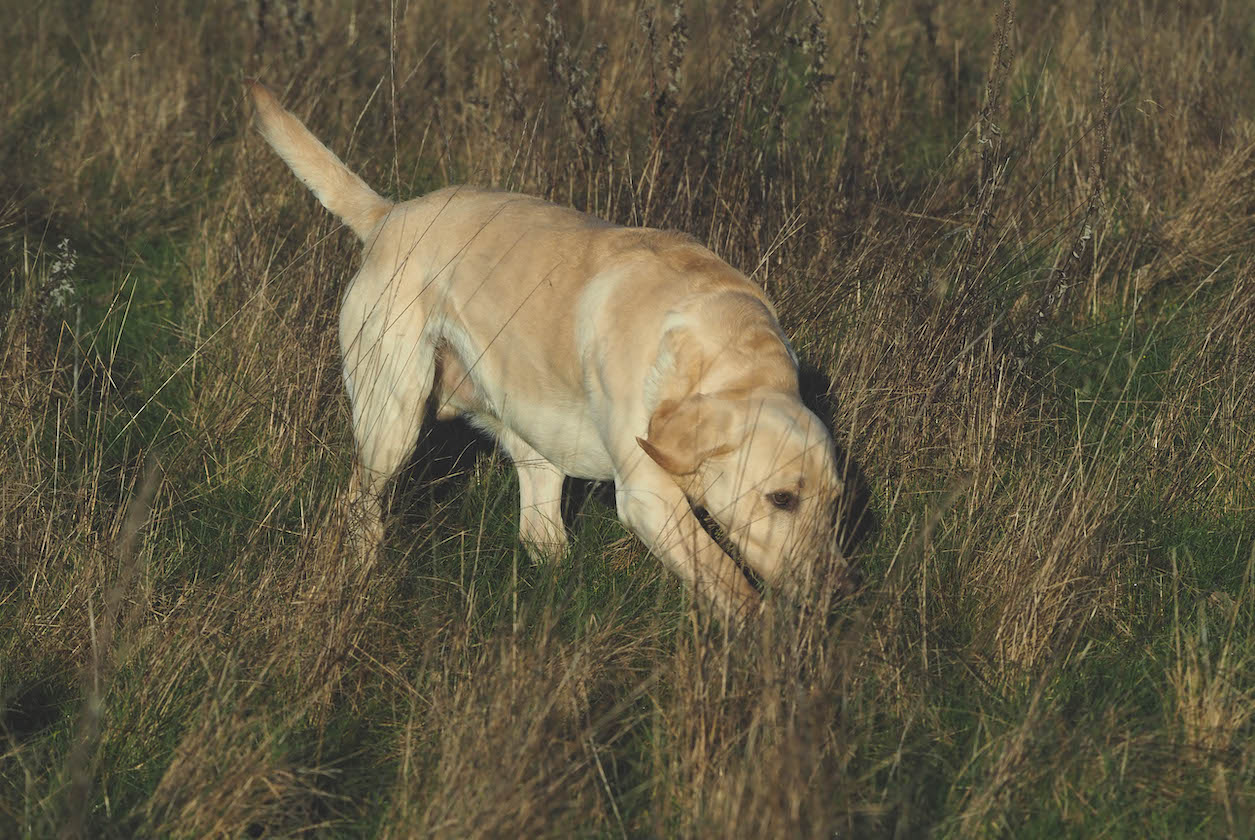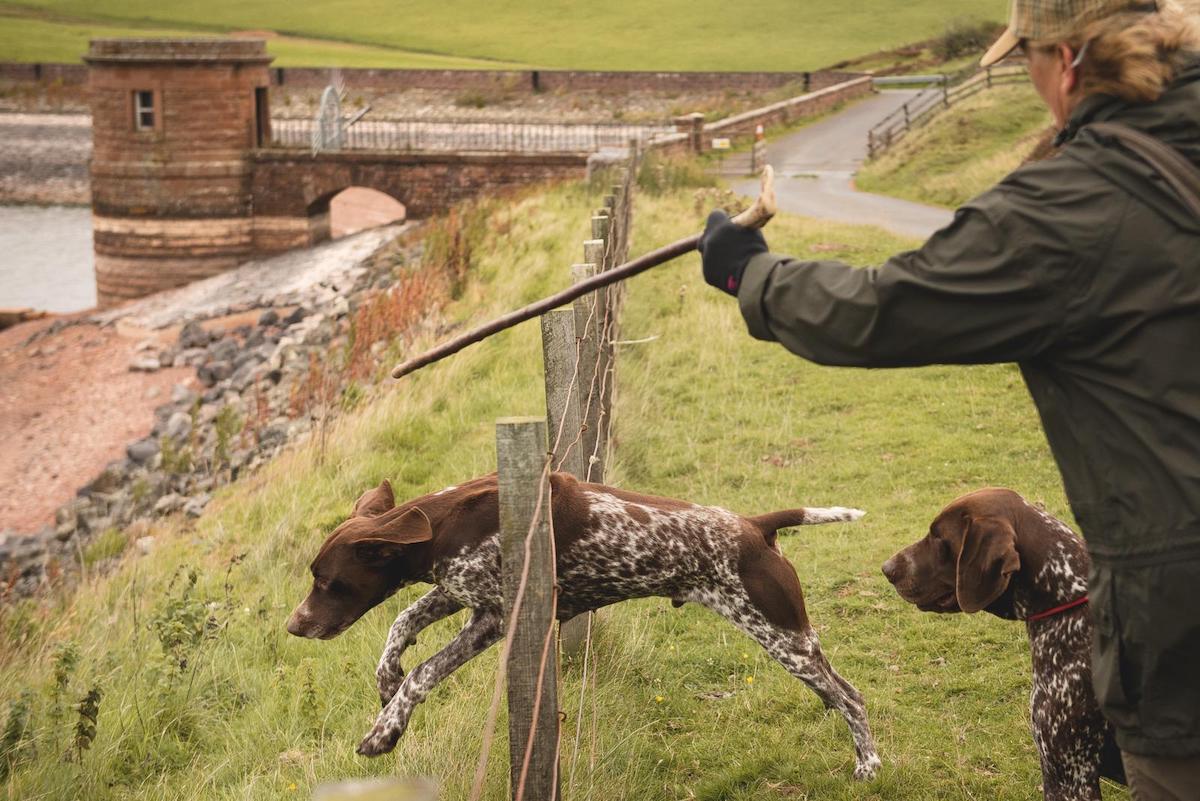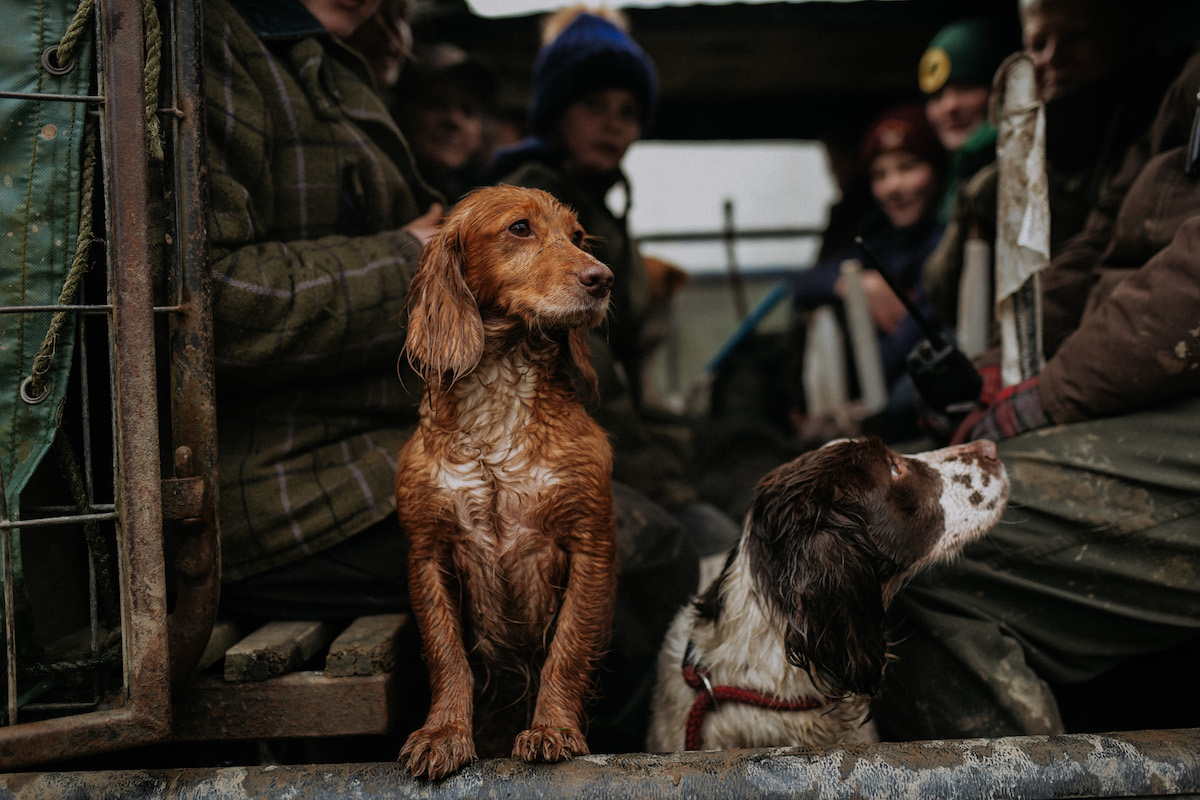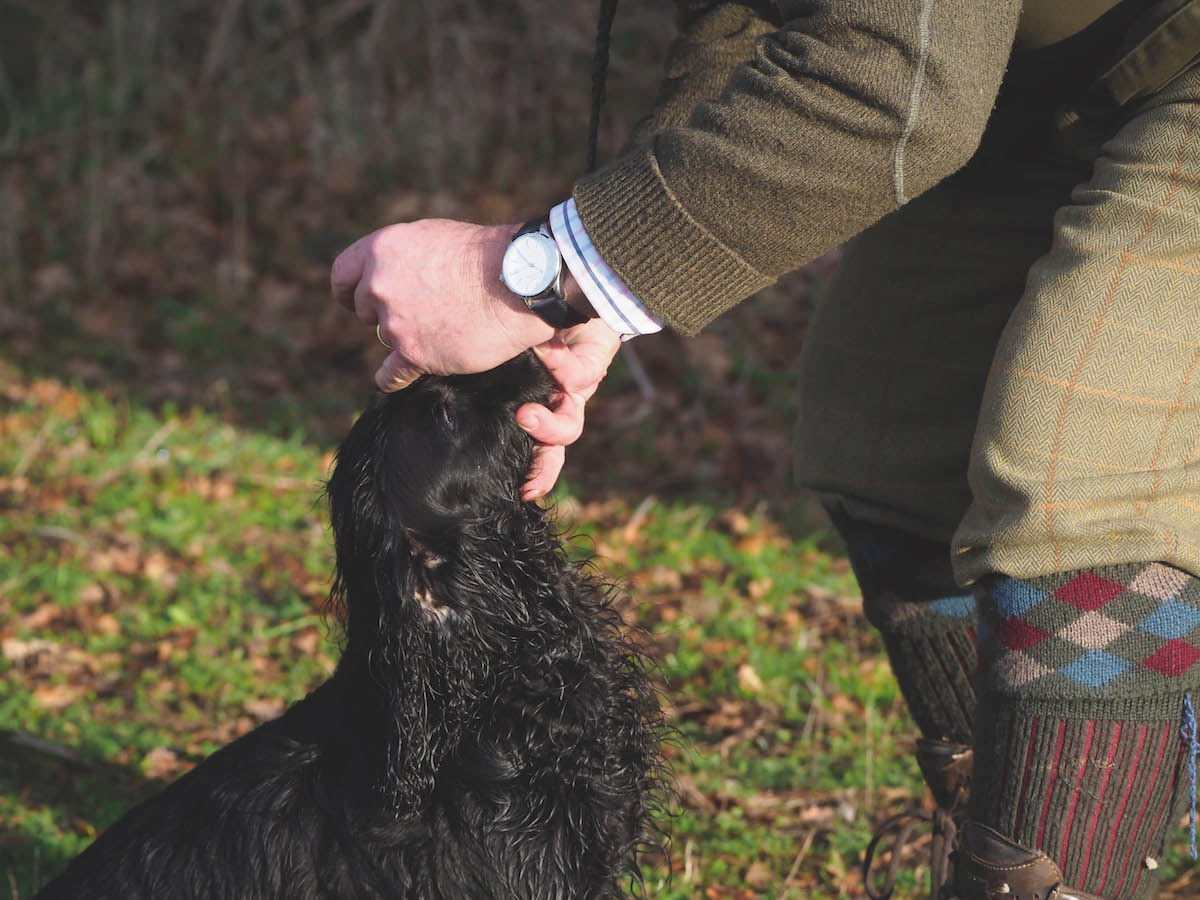Poisoned dogs: the symptoms and the dangers to look out for
Following the recent death of a labrador thought to have eaten poison, David Tomlinson investigates the potential threats that gundog owners face

Labradors are very good at finding food they shouldn't eat, which can make them vulnerable to any poisonous substances in the countryside
Reports of poisoned dogs
There was considerable panic in my local dog-owning community last month, when a three-year-old labrador reportedly died from poisoning. The initial Facebook post indicated that the dog had died as a result of eating poison picked up at a popular dog-walking site, a nature reserve where dozens of dogs are exercised daily. “Some moron has been scattering poisoned treats,” read the post. It was sufficient to reduce the number of dog walkers at the site by around 90%. I suspect that the remaining 10% don’t do social media. (Read our advice on how to make a dog vomit in an emergency. )
It was a sufficiently worrying story to be worth investigating. A woman who looks after the livestock on the reserve told me that her employers had tried to find out more, but they had been unable to contact the unfortunate dog’s owners, while there was no evidence whatsoever that anyone had thrown poison on the site. There were no other reports of poisoned dogs and the local wildlife was unaffected.
Too late
By chance, I happened to meet a neighbour of the owners of the dog that had died, so I was able to establish that it was a true story and that a healthy black labrador had indeed died as an apparent result of ingesting poison. Taken ill in the early hours of the morning, it wasn’t seen by a vet until some hours later, by which time it was too late to save it. The vet said that he believed it had died of poisoning, which would seem to make sense because it died so quickly. Unfortunately, it wasn’t given a post-mortem, so the poison — assuming there was any — wasn’t identified.
The dog’s owners maintained that, in the 24 hours before it was taken ill, it hadn’t been away from home except for a walk on the reserve. Thus the assumption was that it must have picked up the poison there, but there was no evidence that this was the case. The detail about “the moron scattering poisoned treats” seems to have been added to the Facebook post to give it more impact. (Read more on plants that are poisonous to dogs.)
Poison regulated
The use of poison in the countryside is regulated. Anyone found throwing out poisoned treats would be guilty of a criminal act. The most commonly used poisons are rodenticides, usually containing one of three principal ingredients: calcium releasers, acute toxins or anticoagulants. Needless to say, all three are likely to be lethal if ingested by a dog. Though the use of these poisons is controlled, they can be purchased readily, so there’s always the danger that they can fall into the wrong hands. Professional pest controllers employ poisons in tamper-proof bait boxes, where the poison is only available to the target species.
Carrion secondary poisoning is always a possibility, if a dog eats a poisoned rat or mouse. Though less serious than primary poisoning, it’s a danger that it’s important to be aware of. Many dogs will cheerfully swallow dead mice if they come across them on their walks and, while rats may be too big to consume in one gulp, a large dog like a labrador has the ability to swallow one, possibly unobserved, in seconds. My spaniels have always demonstrated a remarkable ability to scent dead animals, or even bits of dead animals, at considerable ranges. It’s usually an old rabbit or muntjac, but I’m always careful to make sure that they don’t eat such carrion.
There is some good news, for the outdoor use of metaldehyde slug pellets, a pesticide widely used to control slugs on farms and in gardens, was banned by the Government from the end of March. So much legislation is devolved these days, but this ban applies to the whole of Britain. I suspect that slug pellets have been responsible for more gundog deaths than any other form of accidental poisoning. According to the Government, “restrictions on the use of metaldehyde are another step towards building a cleaner and greener country for the next generation”. There are many who think it should have been banned years ago. (Read more on dogs and slug pellets.)
Governments are generally slow to ban dangerous substances. In 1976, Lord Somers asked in the House of Lords “whether the Government was going to forbid the use of strychnine in the killing of moles and, if so, when?”. Thirty years later, strychnine was finally banned. It was a particularly lethal poison, often used to poison wildlife, especially foxes. It has been illegal to buy strychnine since 2006.
Today, alphachloralose is still used widely for illegally poisoning birds of prey. The normal technique is to heavily lace dead pheasants or rabbits with the pesticide. The birds usually die close to where they have taken the bait. Dogs are highly vulnerable to such baits. Should you find what you suspect is a poisoned bait, or dead birds of prey in suspicious circumstances, contact the police. If you believe that your dog has been poisoned, call a vet immediately. For some poisons, induced vomiting will help. Never forget that the quicker you act, the more chance there is that your dog will survive.








